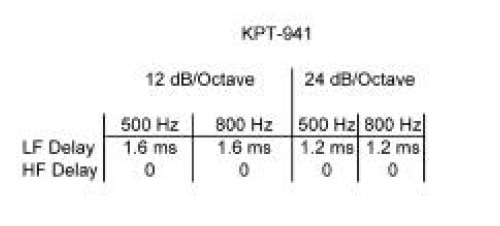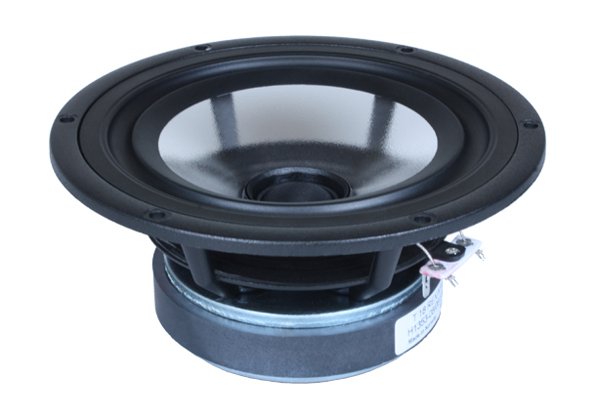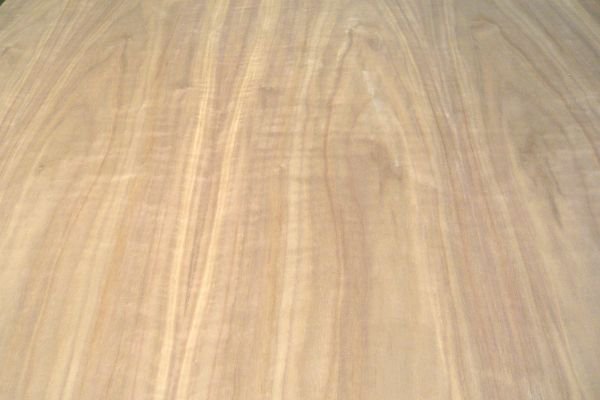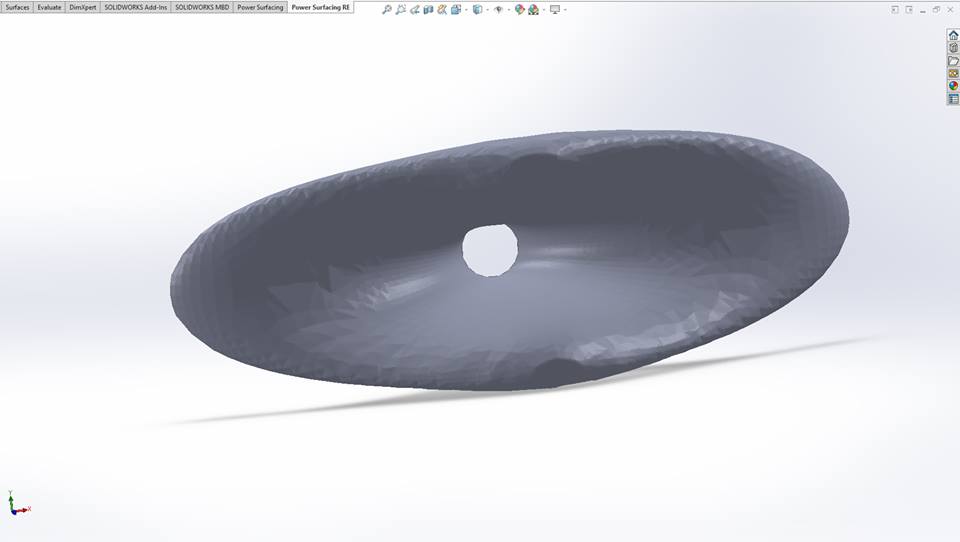
ARX
-
Posts
102 -
Joined
-
Last visited
Content Type
Forums
Events
Gallery
Posts posted by ARX
-
-
HP9040 at home:

EV's HP9040 and 6040 are (still) very impressive with regards to coverage/directivity, which is controlled from 400 Hz upwards, both vertically and horizontally.
-
Without details available it's conjecture, but bearing in mind the THX certificate, I guess it's safe to assume these are constant coverage horns.
Speaking of which, apart from the mouth, the KPT-941-T-HF doesn't seem to deviate all that much from the JBL 2360.
Another reference would be the Electro-Voice HP9040.
-
With its "projected beam" this horn won't match the "roomfilling openess" of the K402 and it'll likely sound a little thinner at the lower end of its range.
On the other hand, it's still a big horn and more efficient than the K402. Because of the long and narrow throat section, the wavefront won't loose much of its energy (pressure) until it reaches the mouth.
This can be either a good thing or annoying, depending on the compression driver, XO-slopes, EQ, output level and evidently the quality of source material.
Changes are, you'll "discover details you've never heard before".
-
-
The left and right MCM stacks have the KPT-941-T-HF Tractrix Horns.
I am certain these horns were originally designed by Klipsch to meet THX specifications for large cinemas, probably during the end of the 1990's. It's the K402's predecessor.
The mouth area is supposed to be tractrix. It appears to consist of an asymmetrical hybridized geometry, of which the vertical walls - top and bottom - follow a nearly straight line from the throat. This is typical for conical diffraction horns, but the KPT-941 is one of a kind, because these are most likely the only large format tractrix diffraction horns on the market. The horizontal section (left and right walls) is more akin to the K402, albeit with a different expansion (flare) rate due to the slot.
Member @deafbykhorns owned KPT-941's, sold the cabs but kept the horns.
The standard driver was the K-1132 and a KPT-941-N version was avalable with the KDE-75-8P compression driver
-
I've checked some similar large format horns from other brands, but none is exactly identical.
The one that comes closest is from the TAD Cinema systems. These horns were supposedly made by Community.
-
The horn from the first post is a diffraction horn used in the two legacy Klipsch Cinema Systems that are still on the Klipsch site.
The discussion then moved to whether these types of horns are necessarily bad, hence the example of the EAW horn.
-
19 minutes ago, richieb said:
=== well, no. Owned “the Frankenstein’s” and Khorns at the same time. Sold both for Jubilees —
Evidently, the K402 is in another league compared to the EAW horn.
Which drivers do you use?
-
In Europe the big diffraction horns like the 2360/2365, old Altecs, Communitiy etc. are still quite populair and therefore expensive.
-
34 minutes ago, mark1101 said:
How old are these pics? Are these real Klipsch pics? No photoshop?
What would be the point of doing that?
Here you go:
-
2 hours ago, richieb said:
I don’t analyze my room. I just listen —
A lot of people on forums seem to have forgotten that's what these things were actually invented for.
-
 1
1
-
-
That was my uneducated guess😎
I like the way he did the cabs and even though I am not a fan of orange, the contrast turned out well.
The guy has good taste in furniture and that loft is stunning.
You've replaced the EAW horns with K402s?
Exchanged the P.Audios as well, I presume?
-
-
-
The EAW CD-5001, CD-5002, CD-5003, CD-5004, CD-5005 drivers are OEM B&Cs with added ferrofluid.
Diaphragms of these are the same as, and exchangeable with B&C DE75, DE750, DE82, DE85.
There are two different diaphragms for this series of drivers: Full Titanium (mmd3atn8) and Titanium with Mylar surround (mmd3a8m)
The P.Audio B/BM750's are basically B&C knockoffs. The diaphragm's are more or less exchangable > wouldn't advise to try this this though.
Was this the driver, or a later version?:

-
-
Throat section appears to be rectangular. If it's at least partly conical on the inside, this horn should work with either Faital or TAD 2" drivers.
At home you won't need the K510 or another tweeter, but you'll need some EQ, and delay on your bass cab of course.Diffraction slots are best avoided, however the bigger the horn the less this is an issue at home.
JBL 2360's can also sound velvetly smooth at home listening levels.
-
-
Completely agree with Chris here.
I do not see much merit in building something this complicated without the advantages of true synergy horns > a point source able to play loud over a wide freq. range.It also makes me wonder if a nice coax of decent quality in a small fronthorn loaded box wouldn't be a much easier and more cost effective solution.

Still, much respect for the effort.
-
-
Actually, creating a high quality 3d model from the K402 would not have to be very expensive.
All you need is a decent (DSLR or System) camera, a tripod, appropriate professional photogrammetry software like: Autodesk ReMake, Agisoft PhotoScan, RealityCapture, or 3DF Zephyr and a workstation.
It's not that difficult to convert a point cloud into a useable CAD model.

-
 1
1
-
-
Arash, with regards to horns in general and specifically: tractrix horns and waveguides, I have read other threads in which you share plans and experiments with Faital Pro drivers, the LTH-142 horn as well as the 18Sound XT1464. You have also expressed a preference for the XT1464.
As I am working on a similar Klipsch / Altec inspired 2 way, I would be interested to learn the aspects in favour of XT1464. By the way, I share your preference for phenolic diaphragms over titanium. Therefore, the HF146 is on my driver shortlist.






CustomKlipsch.thumb.jpg.935decc584a8c4a352b237bb0166dd66.jpg)









Klipsch K402 like horn?
in Technical/Restorations
Posted
Yes, and this was installed in the main theater:
During that period, Klipsch obtained a large share of the Commercial Cinema market.